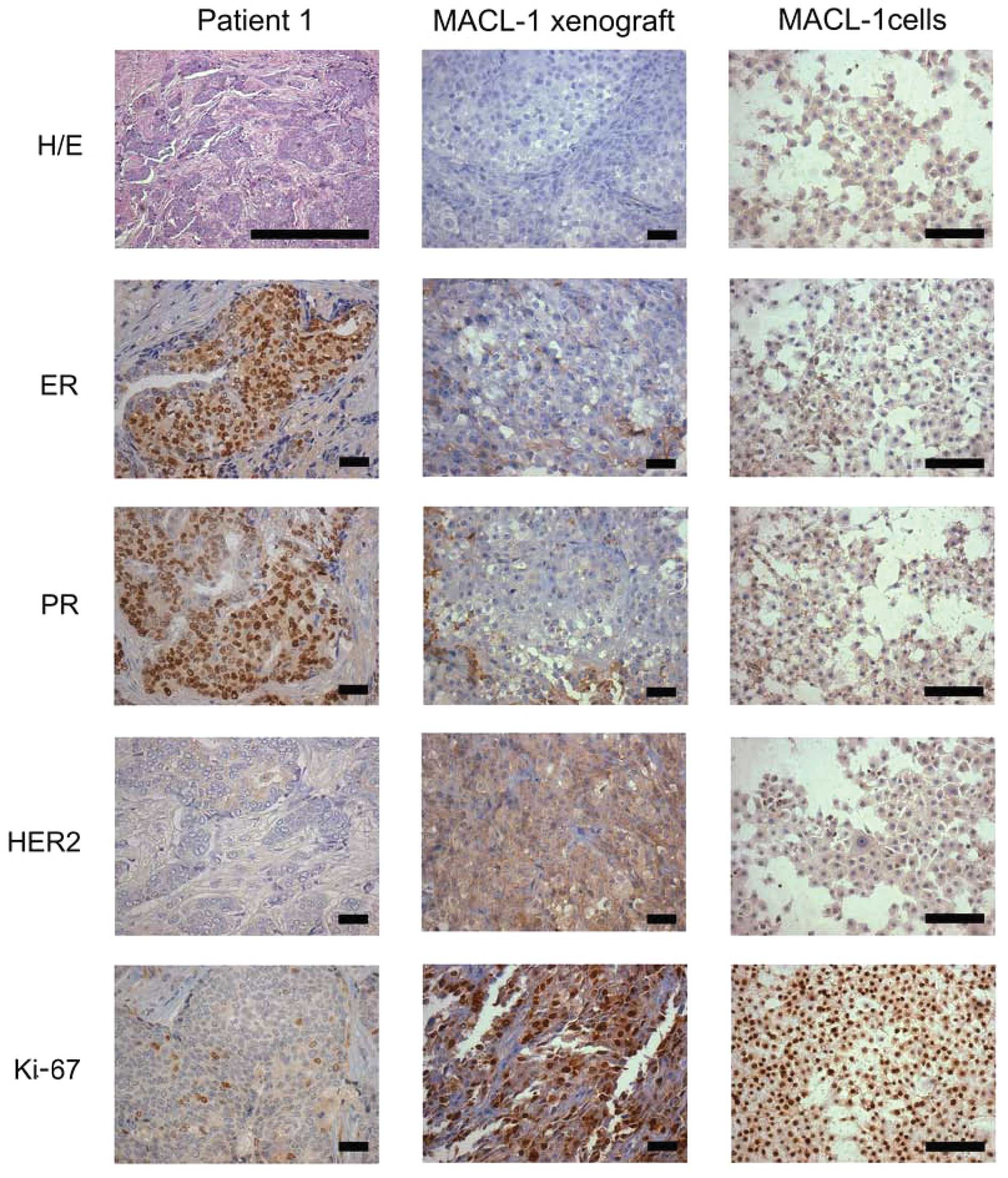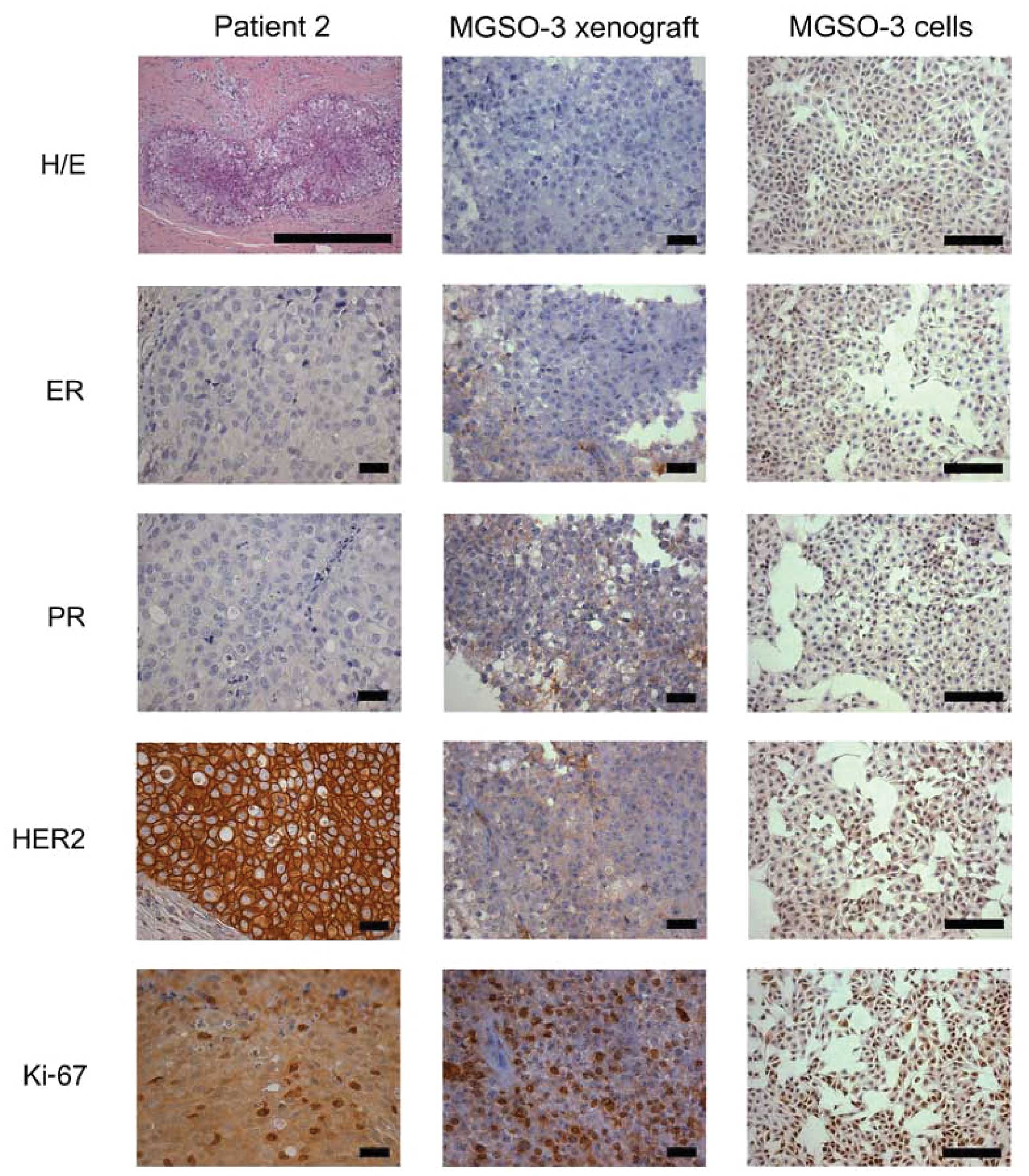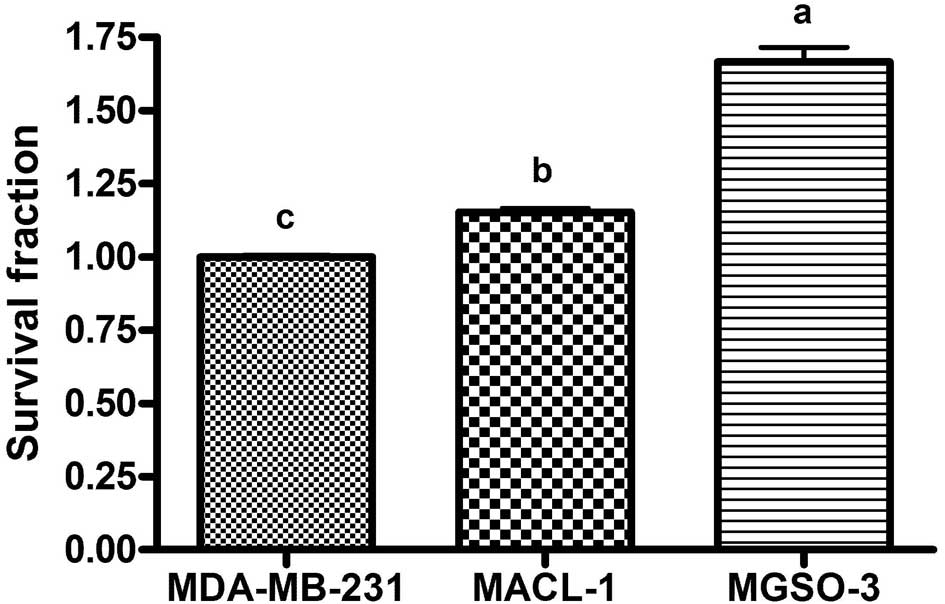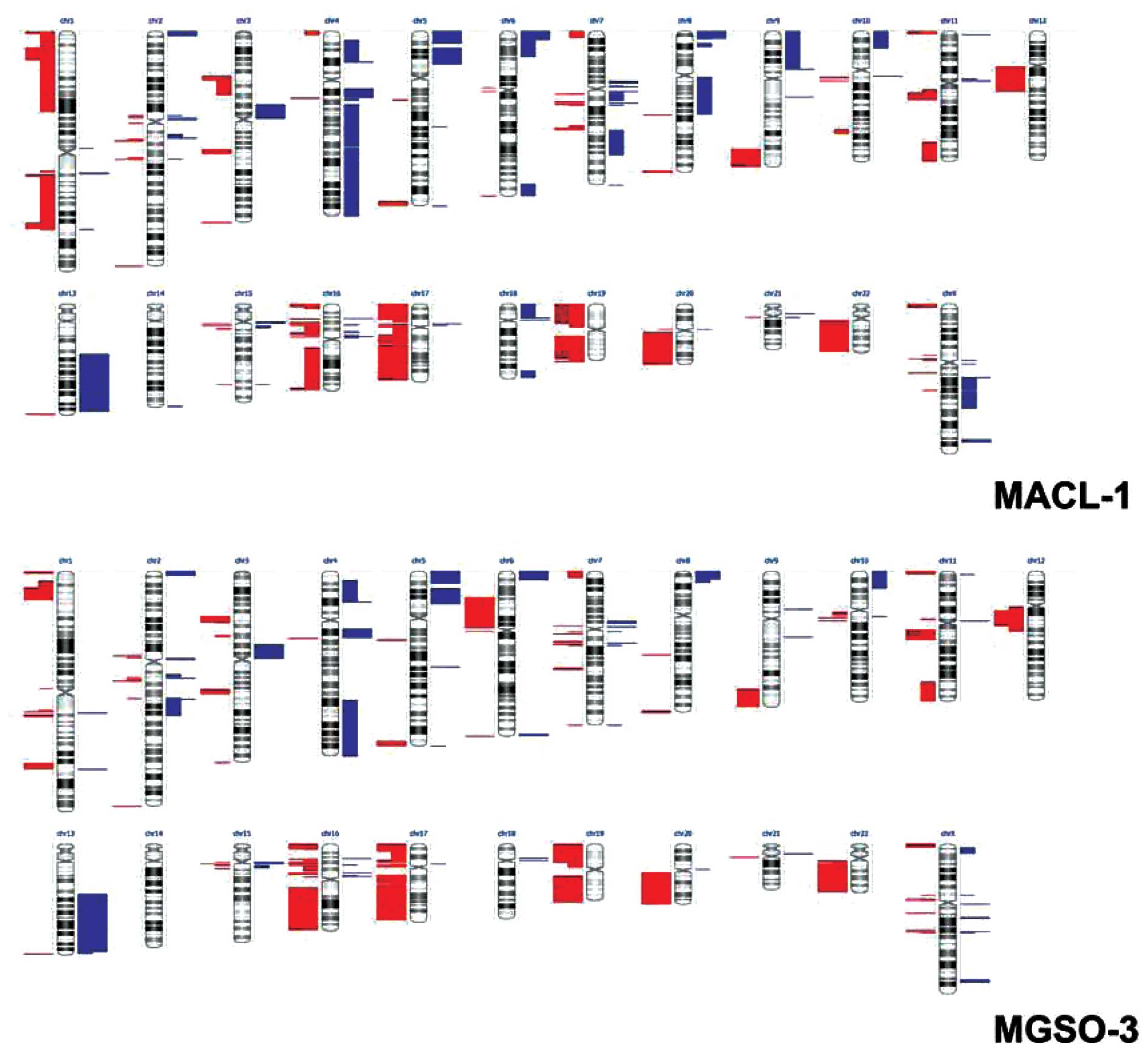|
1
|
INCA. Estimativa 2012: Incidência de
câncer no Brasil. Instituto Nacional de Câncer José Alencar Gomes
da Silva, Coordenação Geral de Ações Estratégicas, Coordenação de
Prevenção e Vigilância; Rio de Janeiro. pp. 1882011
|
|
2
|
Hammond ME, Hayes DF, Dowsett M, Allred
DC, Hagerty KL, Badve S, et al: American Society of Clinical
Oncology/College of American Pathologists guideline recommendations
for immunohistochemical testing of estrogen and progesterone
receptors in breast cancer (unabridged version). Arch Pathol Lab
Med. 134:e48–e72. 2010.
|
|
3
|
Wolff AC, Hammond ME, Schwartz JN, Hagerty
KL, Allred DC, Cote RJ, et al: American Society of Clinical
Oncology/College of American Pathologists guideline recommendations
for human epidermal growth factor receptor 2 testing in breast
cancer. Arch Pathol Lab Med. 131:18–43. 2007.
|
|
4
|
Goldhirsch A, Ingle JN, Gelber RD, Coates
AS, Thurlimann B and Senn HJ: Thresholds for therapies: highlights
of the St Gallen International Expert Consensus on the primary
therapy of early breast cancer. Ann Oncol. 20:1319–1329. 2009.
View Article : Google Scholar : PubMed/NCBI
|
|
5
|
Perou CM, Sorlie T, Eisen MB, van de RM,
Jeffrey SS, Rees CA, et al: Molecular portraits of human breast
tumours. Nature. 406:747–752. 2000. View
Article : Google Scholar : PubMed/NCBI
|
|
6
|
Sorlie T, Perou CM, Tibshirani R, Aas T,
Geisler S, Johnsen H, et al: Gene expression patterns of breast
carcinomas distinguish tumor subclasses with clinical implications.
Proc Natl Acad Sci USA. 98:10869–10874. 2001. View Article : Google Scholar : PubMed/NCBI
|
|
7
|
Sorlie T, Perou CM, Fan C, Geisler S, Aas
T, Nobel A, et al: Gene expression profiles do not consistently
predict the clinical treatment response in locally advanced breast
cancer. Mol Cancer Ther. 5:2914–2918. 2006. View Article : Google Scholar : PubMed/NCBI
|
|
8
|
Sorlie T, Tibshirani R, Parker J, Hastie
T, Marron JS, Nobel A, et al: Repeated observation of breast tumor
subtypes in independent gene expression data sets. Proc Natl Acad
Sci USA. 100:8418–8423. 2003. View Article : Google Scholar : PubMed/NCBI
|
|
9
|
Prat A, Parker JS, Karginova O, Fan C,
Livasy C, Herschkowitz JI, et al: Phenotypic and molecular
characterization of the claudin-low intrinsic subtype of breast
cancer. Breast Cancer Res. 12:R682010. View
Article : Google Scholar : PubMed/NCBI
|
|
10
|
Kao J, Salari K, Bocanegra M, Choi YL,
Girard L, Gandhi J, et al: Molecular profiling of breast cancer
cell lines defines relevant tumor models and provides a resource
for cancer gene discovery. PLoS One. 4:e61462009.PubMed/NCBI
|
|
11
|
Correa CR, Bertollo CM and Goes AM:
Establishment and characterization of MACL-1 and MGSO-3 cell lines
derived from human primary breast cancer. Oncol Res. 17:473–482.
2009. View Article : Google Scholar : PubMed/NCBI
|
|
12
|
Correa CR, Bertollo CM, Zouain CS and Goes
AM: Glyceraldehyde-3-phosphate dehydrogenase as a surface
associated antigen on human breast cancer cell lines MACL-1 and
MGSO-3. Oncol Rep. 24:677–685. 2010.PubMed/NCBI
|
|
13
|
Bertollo CM, Correa CR, Gomes DA,
Souza-Fagundes EM and Goes AM: Effect of radiation treatment on
newly established human breast cancer cell lines MACL-1 and MGSO-3.
Tumour Biol. 31:189–197. 2010. View Article : Google Scholar : PubMed/NCBI
|
|
14
|
Yerushalmi R, Woods R, Ravdin PM, Hayes MM
and Gelmon KA: Ki67 in breast cancer: prognostic and predictive
potential. Lancet Oncol. 11:174–183. 2010. View Article : Google Scholar : PubMed/NCBI
|
|
15
|
Al Hajj M, Wicha MS, Benito-Hernandez A,
Morrison SJ and Clarke MF: Prospective identification of
tumorigenic breast cancer cells. Proc Natl Acad Sci USA.
100:3983–3988. 2003.
|
|
16
|
Wright MH, Calcagno AM, Salcido CD,
Carlson MD, Ambudkar SV and Varticovski L: Brca1 breast tumors
contain distinct CD44+/CD24− and
CD133+ cells with cancer stem cell characteristics.
Breast Cancer Res. 10:R102008. View
Article : Google Scholar : PubMed/NCBI
|
|
17
|
Franken NA, Rodermond HM, Stap J, Haveman
J and van Bree C: Clonogenic assay of cells in vitro. Nat Protoc.
1:2315–2319. 2006. View Article : Google Scholar : PubMed/NCBI
|
|
18
|
Sambrook J and Russel DW: Isolation of
High-molecular-weight DNA from mammalian cells using proteinase K
and phenol. Molecular Cloning: A Laboratory Manual. Cold Spring
Harbor Laboratory Press; Cold Spring Harbor NY: 2001, PubMed/NCBI
|
|
19
|
Lim SC: CD24 and human carcinoma: tumor
biological aspects. Biomed Pharmacother. 59(Suppl 2): S351–S354.
2005. View Article : Google Scholar : PubMed/NCBI
|
|
20
|
Baumann P, Cremers N, Kroese F, Orend G,
Chiquet-Ehrismann R, Uede T, et al: CD24 expression causes the
acquisition of multiple cellular properties associated with tumor
growth and metastasis. Cancer Res. 65:10783–10793. 2005. View Article : Google Scholar : PubMed/NCBI
|
|
21
|
Kristiansen G, Sammar M and Altevogt P:
Tumour biological aspects of CD24, a mucin-like adhesion molecule.
J Mol Histol. 35:255–262. 2004. View Article : Google Scholar : PubMed/NCBI
|
|
22
|
O’Hare MJ: Breast cancer. Human Cancer in
Primary Culture. A Handbook. Masters JRW: Kluwer Academic
Publishers; London: pp. 271–286. 1991
|
|
23
|
Kim JB, O’Hare MJ and Stein R: Models of
breast cancer: is merging human and animal models the future?
Breast Cancer Res. 6:22–30. 2004. View
Article : Google Scholar : PubMed/NCBI
|
|
24
|
Brozova M, Kleibl Z, Netikova I, Sevcik J,
Scholzova E, Brezinova J, et al: Establishment, growth and in vivo
differentiation of a new clonal human cell line, EM-G3, derived
from breast cancer progenitors. Breast Cancer Res Treat.
103:247–257. 2007. View Article : Google Scholar : PubMed/NCBI
|
|
25
|
Strojnik T, Kavalar R, Barone TA and
Plunkett RJ: Experimental model and immunohistochemical comparison
of U87 human glioblastoma cell xenografts on the chicken
chorioallantoic membrane and in rat brains. Anticancer Res.
30:4851–4860. 2010.PubMed/NCBI
|
|
26
|
Tsuji K, Kawauchi S, Saito S, Furuya T,
Ikemoto K, Nakao M, et al: Breast cancer cell lines carry cell
line-specific genomic alterations that are distinct from
aberrations in breast cancer tissues: comparison of the CGH
profiles between cancer cell lines and primary cancer tissues. BMC
Cancer. 10:152010. View Article : Google Scholar
|
|
27
|
Smiraglia DJ, Rush LJ, Fruhwald MC, Dai Z,
Held WA, Costello JF, et al: Excessive CpG island hypermethylation
in cancer cell lines versus primary human malignancies. Hum Mol
Genet. 10:1413–1419. 2001. View Article : Google Scholar : PubMed/NCBI
|
|
28
|
Vargo-Gogola T and Rosen JM: Modelling
breast cancer: one size does not fit all. Nat Rev Cancer.
7:659–672. 2007. View
Article : Google Scholar : PubMed/NCBI
|
|
29
|
Kim JH, Dhanasekaran SM, Mehra R, Tomlins
SA, Gu W, Yu J, et al: Integrative analysis of genomic aberrations
associated with prostate cancer progression. Cancer Res.
67:8229–8239. 2007. View Article : Google Scholar : PubMed/NCBI
|
|
30
|
Clark J, Edwards S, Feber A, Flohr P, John
M, Giddings I, et al: Genome-wide screening for complete genetic
loss in prostate cancer by comparative hybridization onto cDNA
microarrays. Oncogene. 22:1247–1252. 2003. View Article : Google Scholar : PubMed/NCBI
|
|
31
|
Mora J, Cheung NK, Chen L, Qin J and
Gerald W: Loss of heterozygosity at 19q13.3 is associated with
locally aggressive neuroblastoma. Clin Cancer Res. 7:1358–1361.
2001.PubMed/NCBI
|
|
32
|
Barbashina V, Salazar P, Holland EC,
Rosenblum MK and Ladanyi M: Allelic losses at 1p36 and 19q13 in
gliomas: correlation with histologic classification, definition of
a 150-kb minimal deleted region on 1p36, and evaluation of CAMTA1
as a candidate tumor suppressor gene. Clin Cancer Res.
11:1119–1128. 2005.
|
|
33
|
Chou D, Miyashita T, Mohrenweiser HW, Ueki
K, Kastury K, Druck T, et al: The BAX gene maps to the glioma
candidate region at 19q13.3, but is not altered in human gliomas.
Cancer Genet Cytogenet. 88:136–140. 1996. View Article : Google Scholar : PubMed/NCBI
|
|
34
|
Smith JS, Tachibana I, Pohl U, Lee HK,
Thanarajasingam U, Portier BP, et al: A transcript map of the
chromosome 19q-arm glioma tumor suppressor region. Genomics.
64:44–50. 2000. View Article : Google Scholar : PubMed/NCBI
|
|
35
|
Iida A, Kurose K, Isobe R, Akiyama F,
Sakamoto G, Yoshimoto M, et al: Mapping of a new target region of
allelic loss to a 2-cM interval at 22q13.1 in primary breast
cancer. Genes Chromosomes Cancer. 21:108–112. 1998. View Article : Google Scholar : PubMed/NCBI
|
|
36
|
Bieche I and Lidereau R: Genetic
alterations in breast cancer. Genes Chromosomes Cancer. 14:227–251.
1995. View Article : Google Scholar
|
|
37
|
Sato T, Tanigami A, Yamakawa K, Akiyama F,
Kasumi F, Sakamoto G and Nakamura Y: Allelotype of breast cancer:
cumulative allele losses promote tumor progression in primary
breast cancer. Cancer Res. 50:7184–7189. 1990.PubMed/NCBI
|
|
38
|
Allione F, Eisinger F, Parc P, Noguchi T,
Sobol H and Birnbaum D: Loss of heterozygosity at loci from
chromosome arm 22Q in human sporadic breast carcinomas. Int J
Cancer. 75:181–186. 1998. View Article : Google Scholar : PubMed/NCBI
|
|
39
|
Benetkiewicz M, Piotrowski A, Díaz De,
Ståhl T, Jankowski M, Bala D, Hoffman J, et al: Chromosome 22
array-CGH profiling of breast cancer delimited minimal common
regions of genomic imbalances and revealed frequent intra-tumoral
genetic heterogeneity. Int J Oncol. 29:935–945. 2006.
|
|
40
|
Hollmann TJ and Hornick JL: INI1-deficient
tumors: diagnostic features and molecular genetics. Am J Surg
Pathol. 35:e47–e63. 2011. View Article : Google Scholar : PubMed/NCBI
|



















